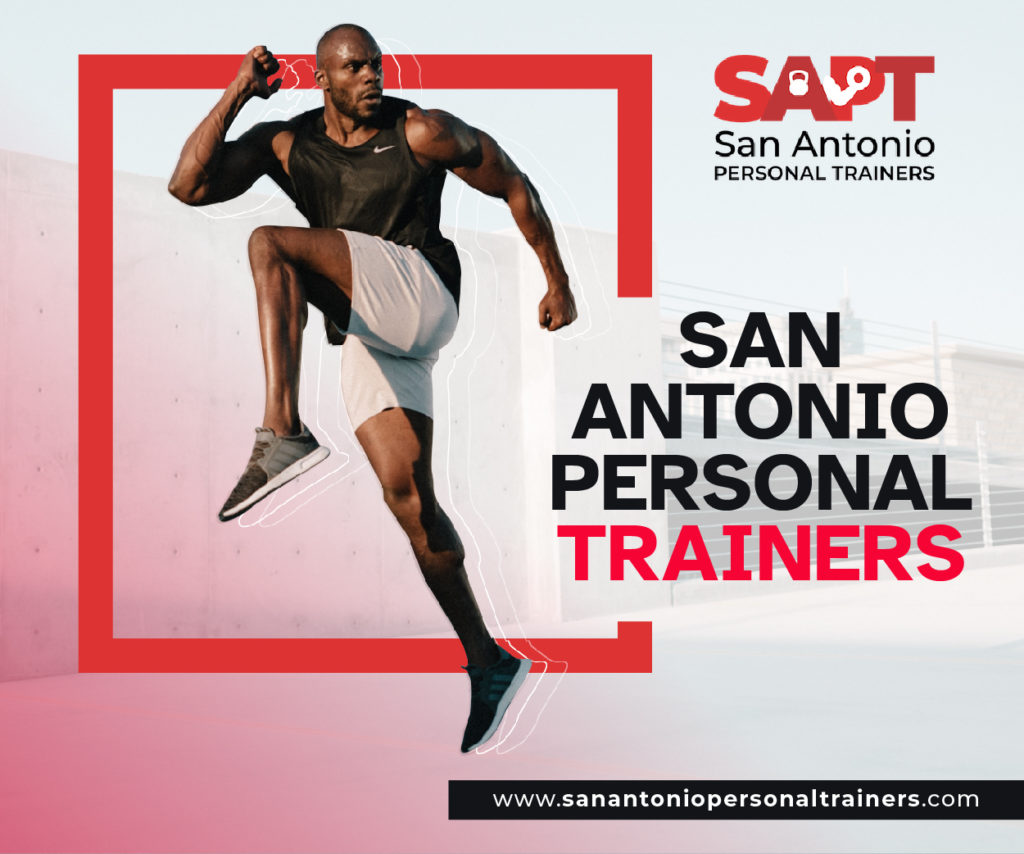By Shelly R. Probber, Psy. D.
There is much talk in sports about achieving a “zone” in which the athlete’s sense of concentration and focus is at its peak. Much of the sports psychology literature addresses the high degree of concentration that elite athletes are able to achieve when participating in their sport. Tiger Woods, for example, learned to meditate when he was a young boy. The skills involved in meditation entail quieting the mind and allowing one to be truly present in the moment. If an athlete is able to quiet the noise of the outside world and focus only on the movement of the body toward the desired goal, that athlete would be engaged in a powerful state of concentration.
Almost everyone would concede that mental processes play an important part in athletic performance. Sports psychologists are teaching “mental skills” to many professional athletes to help improve their performance and hone their ability to concentrate effectively. There are numerous stories of elite athletes who are able to focus only on what is happening in that very moment of their competition or workout. Joan Benoit Samuelson, winner of the first Olympic women’s marathon in 1984, once said, “Running is 80 percent mental.”
We are all familiar with the notion that it is important to concentrate in order to perform our best. However, there are many forms of concentration, and many things one could concentrate on, while working out or competing in a race. For example, on a long run, you may try to dissociate or ‘zone out.’ Your mind may wander, and you may have difficulty describing what you were thinking about if asked later. Long-distance runners often report utilizing specific strategies for disengaging the mind from thinking about any physical discomfort they may be feeling during a long run. Common dissociative techniques include singing songs, making grocery lists, trying to recite the names of your childhood classmates or doing mental arithmetic. In all, these strategies are aimed at helping the athlete to avoid experiencing the temporary pain and discomfort involved in a long run and to distract himself from experiencing monotony over a long distance.
Interestingly, research has demonstrated that elite marathon runners employ a different form of concentration; instead of trying to avoid a focus on their bodies, these runners employ associative concentration techniques (Morgan and Pollock 1977). These athletes pay attention to their running form, running technique or heart rate during long runs. In fact, there is some research to suggest that athletes who use these associative thinking strategies are able to avoid the dreaded “wall,” the term that refers to the painful experience at about mile 20 of a marathon (Merrill 1981).
Both dissociating and associating thinking strategies are equally important and may be useful to varying athletes and even to the same athlete and different times in any one workout or race. Try some of each strategy and see if some work better for you than others:
Dissociating strategies:
• These strategies are best used when on long runs, long swims or long repetitive workouts in which you may experience boredom:
• Try to sing all the words to some of your favorite songs;
• Make a shopping list or a list of things you would like to accomplish the next week;
• Count the number of telephone poles, number of red cars, number of dog walkers;
• Solve math problems: choose a number and multiply by eight;
• Think about what you would do if you suddenly won the lottery;
• Write a letter to the editor in your head;
• Enjoy the scenery!
Associating strategies:
• Associating Strategies are best used when trying to achieve a personal best in a particular race or a portion of a race. For example, if you are trying to complete a marathon in 4:00, then you may want to stay focused on your form and pacing.
• Focus on running form, biking technique or swimming skills. Notice when your swim stroke is most efficient or when your pedal stroke feels most powerful.
• Focus on any technical aspect of your workout. Which muscles are you using? This helps you be sure that you are executing the exercises correctly.
• If using a heart rate monitor, focus on heart rate. Change in heart rate can indicate that you are working too hard or not pushing enough.
• Pay attention to your breathing. Notice if you are getting short of breath, and focus on your pacing.
• Concentrate on which muscles are tense and which are relaxed. Make efforts to relax those muscles not needed to perform the particular exercise. Relaxing facial muscles often helps improve efficiency.






